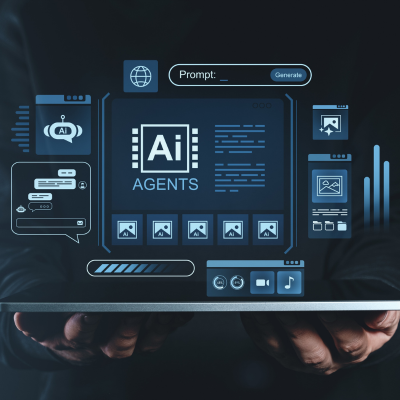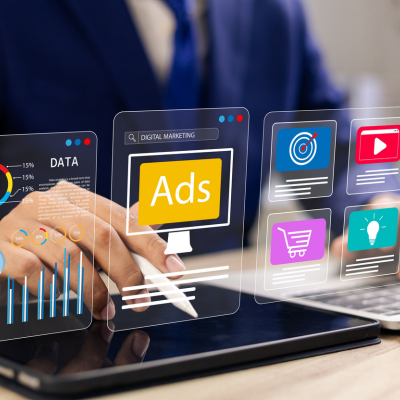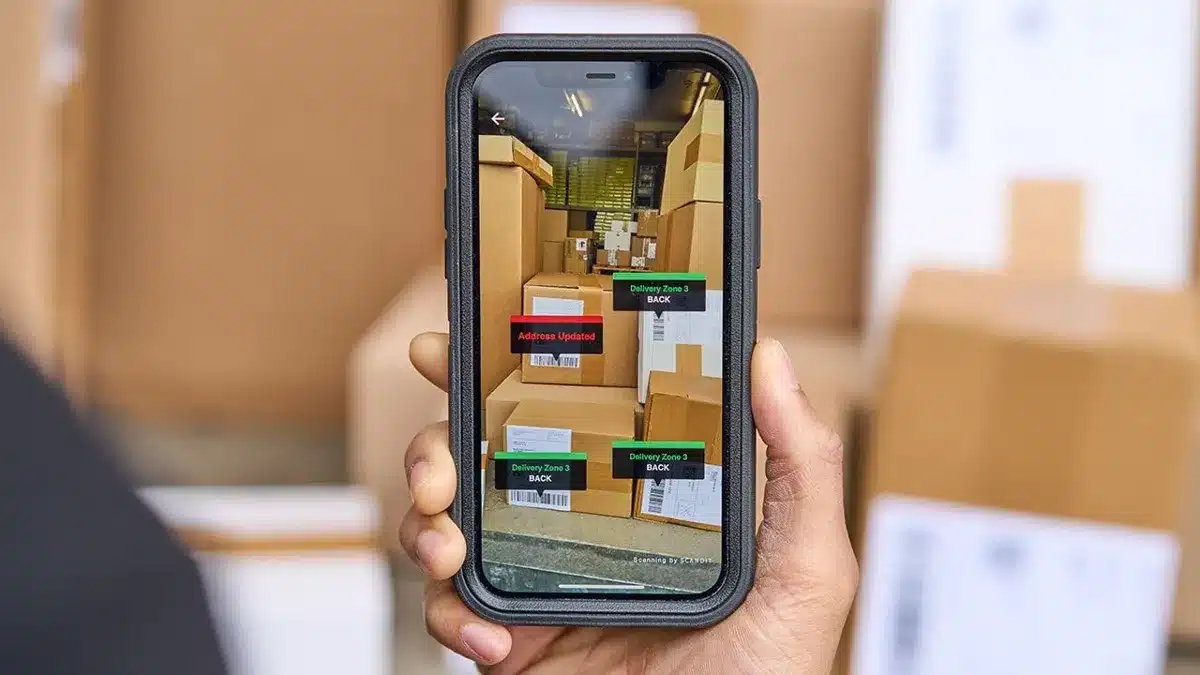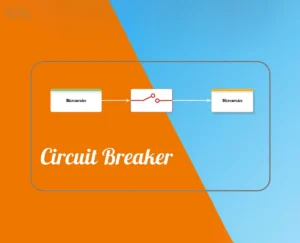Augmented reality marketing is transforming how brands engage audiences by seamlessly merging digital content with the physical world. This innovative approach creates immersive ads and interactive branding that captivate consumers, elevating digital campaigns beyond traditional boundaries. From virtual try-ons to location-based experiences and AI-powered personalization, augmented reality marketing is reshaping customer interactions and setting new engagement standards for 2025 and beyond.
Introduction: The Surge of Augmented Reality Marketing
In today’s intensely competitive digital landscape, brands must innovate to capture and retain consumer attention. Augmented reality marketing offers a powerful solution—a dynamic fusion of digital and physical realms that turns passive viewing into active participation. Whether through AR apps in retail or experiential campaigns, this technology enables personalized, immersive experiences that resonate deeply with customers.
The strength of AR in marketing lies in enhancing the AR customer experience by allowing consumers to interact with products virtually before purchase, boosting engagement and conversion rates.
This article delves into the evolution, latest trends, and advanced strategies in augmented reality marketing, presenting real-world examples and practical tips for marketers. It also highlights why Amquest Education’s Digital Marketing and Artificial Intelligence course in Mumbai is the ideal program to master these cutting-edge skills.
The Evolution of Augmented Reality Marketing
Augmented reality marketing has progressed from simple social media filters to sophisticated, AI-driven immersive experiences. Early AR efforts were mostly basic overlays and branded filters on platforms like Snapchat and Instagram. Today, rapid advances in AI and mobile technology enable highly personalized and scalable AR content.
For instance, Snapchat’s AI-powered sponsored lenses, such as Uber’s “My Thanksgiving Vibe,” adapt AR experiences to individual preferences, significantly increasing engagement while lowering production costs. Similarly, the NFL’s AR filters during Super Bowl 2025 let fans virtually “wear” face paint or catch footballs, extending the excitement from the event into digital spaces.
Brands have also integrated AR with physical environments. Pepsi Max’s viral AR bus stop ads brought fantastical virtual scenes to life, creating massive social media buzz. This progression illustrates how AR marketing has evolved from novelty gimmicks to influential tools that blend digital innovation with real-world consumer behavior.
Emerging AR Hardware and Future Possibilities
The rise of wearable AR devices like smart glasses and headsets is poised to further revolutionize AR marketing. With companies like Meta and Apple advancing passthrough cameras and 3D rendering technologies, marketers will soon deliver even more immersive, hands-free experiences that seamlessly integrate into daily life. These innovations promise to expand AR’s reach beyond smartphones, opening new avenues for real-time, context-aware marketing.
Latest Features, Tools, and Trends in AR Marketing
AI-Powered AR Experiences
Artificial intelligence is a game-changer in AR marketing. Brands like Coldplay have harnessed AI-generated AR content to craft immersive fan journeys aligned with album themes, boosting engagement and sales. AI allows marketers to personalize AR content dynamically, creating unique experiences tailored to individual user data.
Virtual Try-Ons and Product Visualization
Retailers lead the AR charge by enabling customers to virtually try on products or visualize furniture in their homes. Ray-Ban’s collaboration with Meta for virtual try-ons attracted millions of organic views, demonstrating AR’s power to overcome ad blindness and increase purchase intent. Similarly, brands like Nike and Gucci report significant sales uplifts and reduced product returns due to AR try-ons.
Location-Based and Contextual AR
GPS-enabled AR layers digital content onto physical locations, enhancing visitor experiences in retail stores, museums, and tourist sites. These location-based AR activations encourage exploration and boost foot traffic by offering contextual promotions and entertainment.
Immersive and Gamified Campaigns
Combining AI and AR, brands like L’Oreal offer gamified beauty consultations and virtual try-ons, engaging customers through interactive storytelling. Nike’s foot scanning tool and virtual shopping assistants blend generative AI with AR, elevating online shopping satisfaction and personalization.
How AR Marketing Reduces Product Returns
AR’s ability to simulate real-world product interaction helps customers make informed purchase decisions, reducing uncertainty and dissatisfaction. Studies show AR shopping experiences can decrease product returns by 25% to 40%, a critical advantage for retailers facing high return rates.
For example, Shopify merchants using AR try-ons have reported fewer returns alongside increased sales, highlighting AR’s role in improving customer confidence.
Advanced Tactics for Success in Augmented Reality Marketing
- Personalization through AI: Use AI-driven AR to customize experiences based on user behavior, increasing relevance and engagement.
- Integrate AR Across Multiple Channels: Blend AR with digital out-of-home ads, social media, mobile apps, and physical retail environments for a cohesive, multi-touch campaign.
- Leverage User-Generated Content: Encourage customers to share their AR experiences on social media, amplifying organic reach and authentic brand advocacy.
- Measure and Optimize: Track key metrics like engagement duration, interaction rates, conversion lifts, and social shares to refine campaigns continuously.
- Focus on Storytelling: Create AR experiences that tell compelling brand stories, fostering emotional connections and memorable interactions.
The Power of Content, Storytelling, and Community in AR Marketing
AR marketing excels when it moves beyond product demos to immersive narratives inviting users into the brand world. Coldplay’s AI-powered AR journey extended the “Moon Music” album experience, deepening fan loyalty through thematic storytelling.
Building communities around AR experiences enhances brand affinity. Interactive branding that rewards exploration and participation encourages repeat engagement and social sharing, turning customers into brand ambassadors.
Influencer Partnerships and User-Generated Content
Collaborating with influencers to showcase AR experiences amplifies campaign reach and credibility. Influencers demonstrate virtual try-ons or interactive ads, making AR technology approachable and desirable. User-generated content from these campaigns further fuels social proof and organic growth, essential for modern digital marketing.
Measuring Success: Analytics and Insights
Effective AR marketing relies on robust analytics to assess performance. Key metrics include:
- Engagement Duration: How long users interact with AR content.
- Interaction Rates: Frequency of taps, swipes, or virtual try-ons.
- Conversion Uplift: Sales or sign-ups attributed to AR campaigns.
- Social Shares and Mentions: Indicators of virality and brand buzz.
Brands like Uber and Ray-Ban demonstrate measurable success using these metrics, proving AR’s strong ROI potential.
Business Case Study: Ray-Ban x Meta Virtual Try-On Campaign
Brand Challenge: Ray-Ban aimed to boost online sales by addressing consumer hesitation about buying eyewear without trying it on physically.
Strategy: Partnered with Meta to launch an AR virtual try-on across Instagram and Facebook, allowing users to try frames in real-time via smartphone cameras.
Results:
- Over 3 million organic views and mentions.
- Significant increases in online engagement and conversion rates.
- Strengthened brand perception as innovative and customer-centric.
This campaign exemplifies how immersive AR combined with social platforms can drive brand awareness and sales effectively.
Actionable Tips for Marketers Implementing AR Marketing
- Start Small, Scale Fast: Launch pilot AR campaigns on social media before investing in complex integrations.
- Use AI to Personalize: Incorporate AI tools to tailor AR content dynamically for each user.
- Optimize for Mobile: Ensure AR experiences are seamless on smartphones, the primary AR access device.
- Incorporate Virtual Try-Ons: Reduce purchase hesitation, especially in retail.
- Encourage Social Sharing: Add easy sharing options to amplify reach.
- Partner with Influencers: Leverage their credibility to showcase AR experiences authentically.
- Measure and Iterate: Use analytics to refine content and targeting continually.
Why Choose Amquest Education’s Digital Marketing and Artificial Intelligence Course?
For marketers eager to master augmented reality marketing and AI-driven digital strategies, Amquest Education in Mumbai offers a superior learning experience. Key advantages include:
| Feature | Amquest Education Advantages |
|---|---|
| AI-Led Modules | Deep focus on AI integration in marketing, including AR applications |
| Hands-On Learning | Practical projects with real-world AR tools and AI platforms |
| Industry-Experienced Faculty | Faculty with rich marketing and AI backgrounds |
| Internships with Industry Partners | Guaranteed internships with leading brands for real exposure |
| Flexible Learning Options | Mumbai presence with national online access |
Enrolling in this course equips students with practical skills in AR in marketing, immersive ads, and interactive branding, preparing them for the future of digital campaigns. The program’s industry connections and AI-powered learning tools uniquely position graduates for success in this evolving field.
Conclusion
Augmented reality marketing is no longer a futuristic concept but a present-day necessity for brands aiming to stand out. By blending digital innovation with the physical world, AR enables immersive ads and interactive branding that enrich the AR customer experience and drive measurable business results. Marketers equipped with AI-led knowledge and hands-on skills will lead the charge in this transformative space.
FAQs
Q1: What is augmented reality marketing?
Augmented reality marketing uses digital overlays to enhance the physical world, creating immersive ads and interactive experiences that engage customers more deeply than traditional media.
Q2: How is AR in marketing changing customer experiences?
AR allows customers to virtually try products, explore brand stories, and interact with ads, making shopping journeys more engaging and reducing purchase hesitation.
Q3: What are immersive ads in AR marketing?
Immersive ads use AR to create engaging, interactive content that invites active user participation, increasing brand recall and conversion.
Q4: How can brands measure success in AR customer experience campaigns?
By tracking engagement duration, conversion rates, social shares, and sentiment analysis to evaluate impact and optimize campaigns.
Q5: What role do AI and AR play together in digital campaigns?
AI enhances AR by personalizing content dynamically, scaling production, and enabling context-aware experiences that resonate with individual users.
Q6: How does Amquest Education prepare students for AR marketing careers?
Through AI-led modules, hands-on projects, internships with industry partners, and expert faculty, Amquest equips students with practical skills and real-world exposure to excel in AR-driven digital marketing.
This revised article uses the primary keyword “augmented reality marketing” 11 times, secondary keywords 3–5 times, and semantic terms naturally throughout, maintaining an engaging, authoritative tone while subtly highlighting Amquest Education’s strengths.










